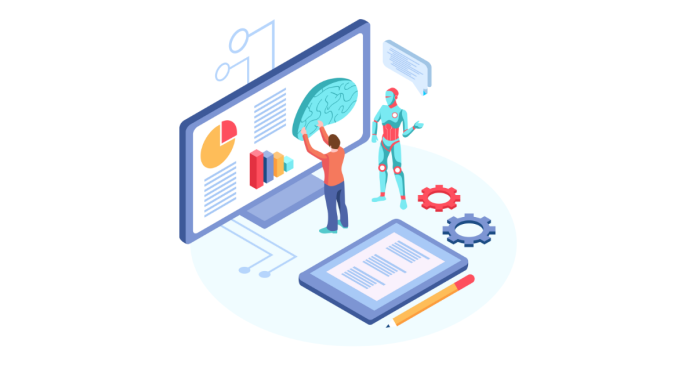Human-Computer Interaction (HCI) is a multidisciplinary field of study that focuses on the design, evaluation, and implementation of interactive computer systems for human use and the study of how humans interact with these systems. HCI aims to improve the usability, accessibility, and user experience (UX) of computer systems by optimizing the interface between humans and technology.
Key Components of HCI
- Humans: The users who interact with the system. This includes understanding human behavior, cognitive processes, and ergonomics.
- Computers: The technology or system, including hardware, software, and devices.
- Interaction: The communication between the user and the computer, facilitated through interfaces (e.g., graphical user interfaces, voice commands, gestures).
Goals of HCI
- Enhance Usability: Make systems intuitive and easy to use.
- Improve User Experience (UX): Ensure systems are enjoyable, efficient, and effective.
- Accessibility: Design for all users, including those with disabilities.
- User-Centered Design: Prioritize the needs, preferences, and limitations of users during the design process.
Disciplines Involved in HCI
- Computer Science: Focuses on algorithms, system design, and implementation.
- Cognitive Psychology: Studies how humans perceive, think, and process information.
- Design: Emphasizes aesthetics, usability, and user experience.
- Engineering: Deals with the technical implementation of interfaces.
- Social Sciences: Examines the social and cultural impact of technology.
Examples of HCI in Practice
- Graphical User Interfaces (GUIs): Windows, icons, and menus that allow users to interact with computers visually.
- Voice Assistants: Alexa, Siri, or Google Assistant that allow interaction via voice commands.
- Virtual Reality (VR) and Augmented Reality (AR): Immersive technologies that engage users in new ways.
- Touchscreen Devices: Smartphones and tablets designed with intuitive touch interfaces.
- Assistive Technologies: Tools like screen readers and voice recognition systems for users with disabilities.
Key Principles of HCI Design
- Consistency: Maintain uniformity across the interface to reduce confusion.
- Feedback: Provide clear responses to user actions.
- Visibility: Make important functions and elements easy to find.
- Error Prevention and Recovery: Minimize errors and provide ways to fix them easily.
- Simplicity: Keep interfaces uncluttered and straightforward.
Applications of HCI
- Healthcare: Designing medical devices and telehealth systems.
- Education: Interactive learning tools and platforms.
- E-commerce: Enhancing online shopping experiences.
- Gaming: Intuitive controls and immersive environments.
- Transportation: User-friendly interfaces in cars, planes, and trains.
Conclusion
HCI plays a crucial role in shaping how people interact with technology. By focusing on usability, accessibility, and user experience, HCI ensures that technology is not only functional but also user-friendly and inclusive. As technology continues to evolve, HCI will remain essential in bridging the gap between humans and machines.


